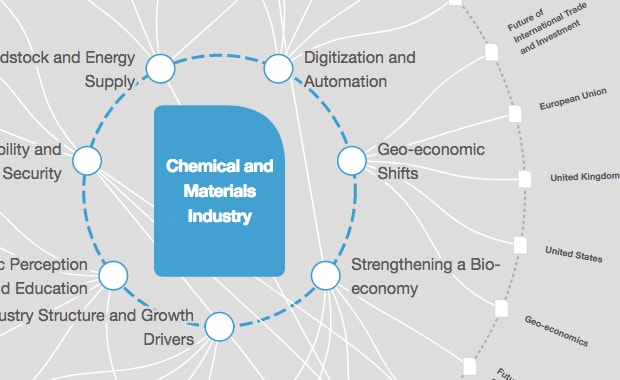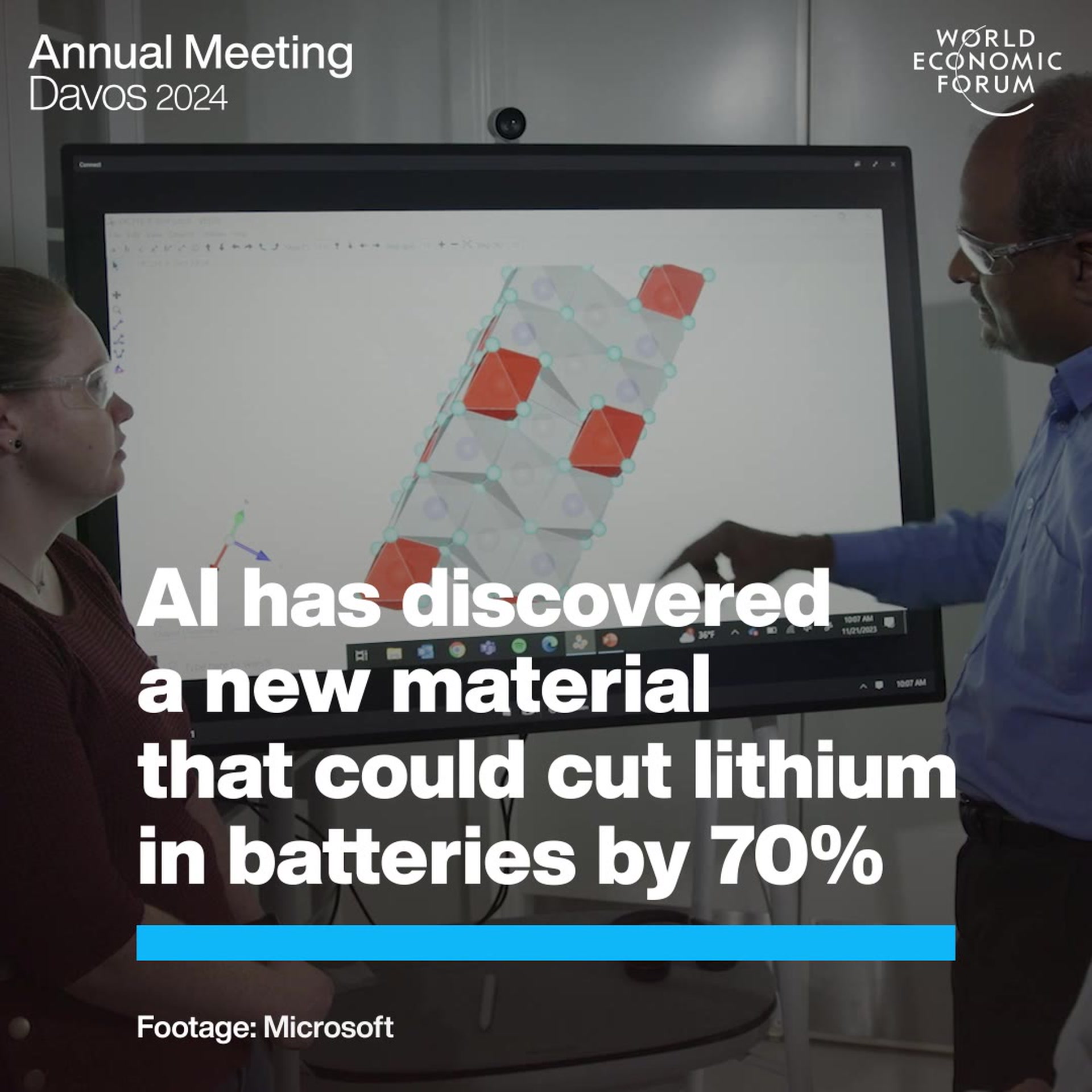Why some people are much better at recognising faces than others

Imagine getting on a crowded train and spotting the person who bumped into you at the grocery store six years ago. Image: REUTERS/Enrique Castro-Mendivil

Get involved with our crowdsourced digital platform to deliver impact at scale
Stay up to date:
Chemical and Advanced Materials
Imagine walking into the coffee shop where you've been meeting your best friend every day for a year and glazing over her face as if she were a stranger, unable to pick her profile out of the crowd.
Now imagine getting on a crowded train and spotting the person who bumped into you at the grocery store six years ago.
Each of these situations is considered a normal occurrence for roughly 1% of the population. The first scenario might happen frequently to a "prosopagnosic," someone who is face blind. The second is a typical experience for a "super-recogniser," an individual who scientists now believe has the uncanny ability to place a familiar face — even that of a practical stranger.
Psychologists, neuroscientists, and even members of the police want to better understand the human brain's remarkable capacity to recognise and identify faces — and they're starting to do so by studying these two groups.
There's something special about faces
Research suggests that facial recognition is fundamentally different from traditional memory in several key ways. First, you can't learn it. Second, it has a structural signature in the brain which scientists think they might soon be able to measure.
Compared with a face-blind person, for example, a super-recogniser might have a slightly larger fusiform face area (a special region of the brain that's thought to play a key role in our ability to recognise faces). Or, a super-recogniser might show more activity in this area when she is shown pictures of faces.
"Any time there's a psychological difference there has to be a neurological basis," Brad Duchaine, a neurologist at the University College London, told Business Insider. "Just like you'd say, okay, that car is faster than that other car. Is there a difference in their engines? Well yes of course there is."
At present, Duchaine and other researchers lack the data to confirm this. Most existing studies of super-recognisers and prosopagnosics are relatively small; many of the most intriguing hypotheses about both groups' abilities have not yet been published in peer-reviewed journals.
Nevertheless, some people are putting the ideas into practice. The London police, for example, have a special task force called the Super Recogniser Unit. Officers in the unit, who are believed to be able to accurately identify people from grainy, poor-quality surveillance footage, are being called in to help crack cases that have gone cold.
Eliot Porritt, who leads the task force and serves as a detective sergeant with the London Metropolitan Police, told Business Insider that since the program launched in 2011, it's been hugely successful in helping to identify suspects.
"It's all very well saying you know I think I've seen that guy before. But where and who is he? That's always the question that my unit tends to ask," said Porritt.
Don't miss any update on this topic
Create a free account and access your personalized content collection with our latest publications and analyses.
License and Republishing
World Economic Forum articles may be republished in accordance with the Creative Commons Attribution-NonCommercial-NoDerivatives 4.0 International Public License, and in accordance with our Terms of Use.
The views expressed in this article are those of the author alone and not the World Economic Forum.
The Agenda Weekly
A weekly update of the most important issues driving the global agenda
You can unsubscribe at any time using the link in our emails. For more details, review our privacy policy.
More on Chemical and Advanced MaterialsSee all
Kate Whiting and Simon Torkington
February 22, 2024
Adam Rothman, Charlie Tan and Jorgen Sandstrom
January 30, 2024
Jemilah Mahmood, Douglas McCauley and Mauricio Cárdenas
January 15, 2024
Ronald Haddock
January 4, 2024
Lee Jongku and Rafael Cayuela
January 4, 2024






